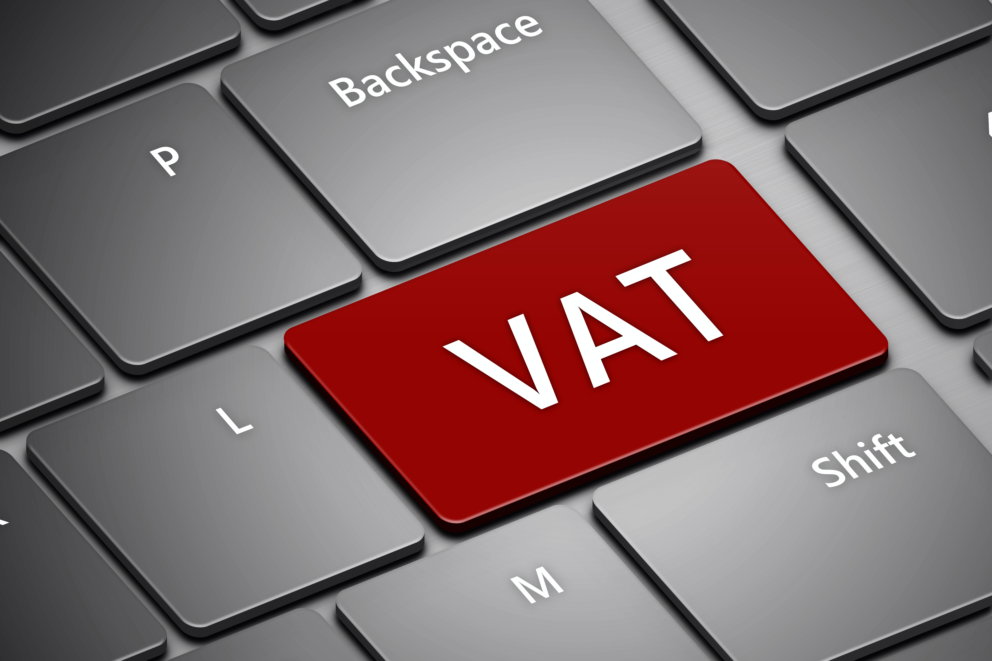ABSTRACT
We analyse the impact of an unexpected and steep increase in price level on the purchasing power of Slovak families in 2022 and 2023. This is the first and the only paper that looks at distributional impacts of an inflationary shock in Slovakia. We combine a microsimulation model SIMTASK with the data on expenditure from the Household Budget Survey to quantify the net effect of an inflationary shock together with the cushioning effects of government measures and economic adjustments in the form of inflation-induced wage growth and an additional valorisation of social benefits. We show that in 2022, the government measures were well targeted and succeeded in offsetting a significant part of a purchasing power drop for low-income families. For high-income families, economic adjustments were the crucial component offsetting a significant part of their purchasing power drop. However, the overall net effect on purchasing power was negative (6 % for an average family) and it holds true for each income decile and family type. The story is different in 2023. It turns out that despite the high inflation, the macroeconomic adjustment hand in hand with adopted government measures, including a generous price cap on energy prices, more than compensate for the effects of unexpected inflation (3 % increase for an average family). This holds true for all analysed income categories, except for the lowest income decile. When looking at family types, the best off are families without children, often consisting of pensioners.
KEYWORDS: microsimulation, inflationary shock, distributional effect, tax and transfer policy
JEL CLASSIFICATION: C81, D31, E31, H24, I38



